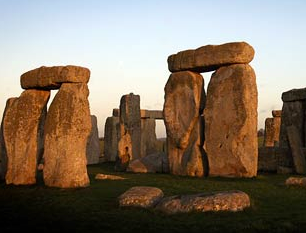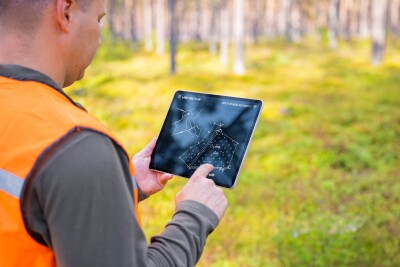This story about Stonehenge being scanned by English Heritage is getting a lot of play on the Internet, with all kinds of content aggregators picking it up. I’ve been meaning to write it up, but there was a part of me that was like, “eh, obviously they’re going to scan Stonehenge. Who cares, really? It’s just a bunch of rocks…”
Okay, maybe I was just tired of the historical preservation story already. There’s not much there, really, in terms of news:
Why you doin’ it? To make sure it’s preserved for future generations. This is going to be the most accurate digital model of the site ever!
Wowzers, that’s important work. What kind of scanner ya usin’? A very important and expensive one.
Sweet. It give you any problems? Nope. We pretty much just push the button and it goes.
You get the idea. It’s cool that they’re doing it, and I’m sure they’ll uncover all sorts of interesting facts about the carvings and pictures, but the journalist in me is just having a hard time getting excited. It’s not like Stonehenge is in some far-flung outpost or presents major logistical challenges. It’s in the middle of a pretty boring English field and the rocks ain’t exactly moving around. But then I got to thinking about this particular place I’d found the story.
“Weird News” – that’s the column penned by Lee Speigel, who blogged about this story for AOL. “Weird News.”
What’s so weird about people wanting to preserve Stonehenge for future generations?
I guess there’s a mystical quality to Stonehenge, because of the mystery of why it was constructed, that lends itself to the weird-lovers, but I think it would be weirder if there weren’t any mysteries in the world. Really, people expect to know everything about what happened five thousand years ago?
But I do think there’s an implication here that laser scanning is “out there,” like science fiction come to life. In reality, how advanced is it to bounce a laser off something and record how long it takes to bounce back? (Okay, well, it’s really hard to process all that bouncing back light, etc., but the concept isn’t all that wacky, is it?)
I think this points to the lack of mainstreaming that laser scanning and 3D imaging in general have experienced. People still don’t know that this kind of stuff is possible?
Now, how do you fix that exactly? I’m not sure. I’m not suggesting that Leica, FARO, Reigl, Trimble, and Topcon get together on a public service campaign, exactly, but I’m asking the question rhetorically: How do we raise the public consciousness about scanning and 3D imaging? Photogrammetry is generations old, but the concept was new to me when I started here at SPAR. How do we increase the awareness of taking 3D measurements from photographs?
I think it’s imperative that 3D professions get out there into the trades – construction, security, surveying, architecture, etc. – and go their conferences and speak at their association meetings and go to their lunch and learns. Be the guys who raise their hands and say, “that’s a 3D problem. You need a 3D solution.”
(Oh, and the original story about this on the English Heritage site says they’re using a Z+F scanner, in case you were really wondering.)






